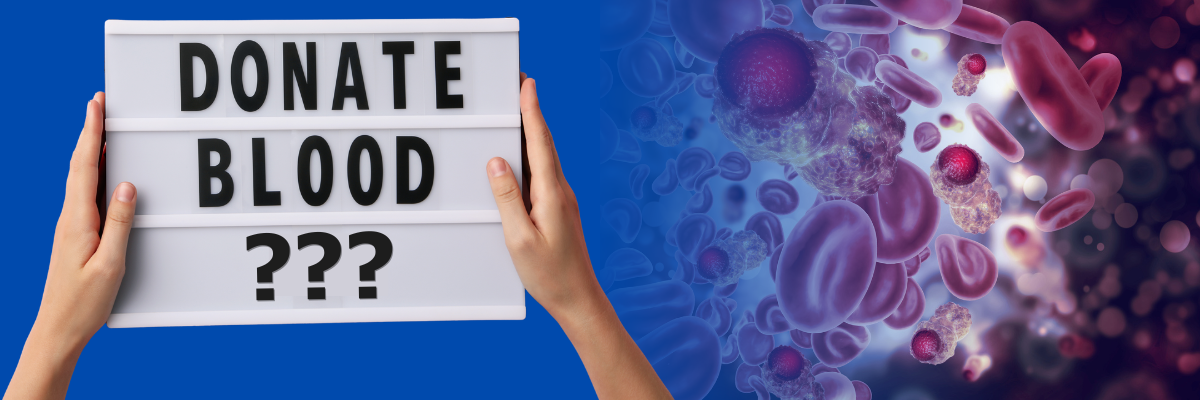You often see our pleas for blood donation but, is donating blood right for you? It depends! Blood and blood components are an intricate part of the health care system. While most donations are collected as whole blood and then broken down into its core components, different donation procedures might be better suited for specific blood types and current patient needs. Giving the right type of donation helps ensure the greatest impact of a donor’s life-saving gift.
First, let’s take a look at the different blood components and what they do.
Red Blood Cells are used to treat trauma, sickle cell disease, low red cell counts like anemia, and in support of routine surgery.
Platelets are used to stop bleeding, treat cancer patients, and in the treatment of bleeding disorders.
Plasma is commonly used to treat trauma involving loss of large blood volume, burn victims, and patients suffering from clotting factor deficiencies.
Now let’s learn more about the different types of donations.
Whole Blood donations are the oldest form and traditional type of donation. Most whole blood is processed into its core components: red cells, platelets, and plasma. Whole blood is the most frequently donated blood product. With this donation, 1 unit of blood is drawn from the donor, which takes approximately 45 minutes to an hour and you can donate every 56 days. Red cells expire after 42 days but most blood products are used within 3 days of the donation.
ALYX donation is a process where a donor gives 2 units of red blood cells. Sometimes, especially with blood types in high-demand, you’ll be asked if you’re interested in donating a double red, or ALYX, donation. This is a process that allows a donor to give 2 units of red blood cells during 1 donation while returning their plasma and platelets to them. Donors must meet height/weight requirements to be eligible for this type of donation. This donation takes approximately 1 hour and 15 minutes and you can donation every 112 days.
Platelets are the cells that circulate within our blood and bind together when they recognize damaged blood cells. Platelet donation is a process where blood is drawn and passed through an automated cell separator. The separator collects the platelets and safely returns the remaining blood components to the donor’s arm. This process takes approximately 2 hours and 20 minutes and you can donate every 14 days with a maximum of 24 donations per year. Platelets expire after only 7 days, which makes regular donations crucial.
Plasma is the liquid component of blood that transports cells, proteins, hormones, and vitamins. Your plasma contains proteins which defend our bodies against invaders and help blood to clot. Plasma donation is a process where whole blood is removed from the donor’s arm and separated into red blood cells and plasma by a machine. The red blood cells are then returns to the donor and the plasma is retained for use. This process takes approximately 1 hour and 15 minutes and you can donate every 28 days. Plasma expires after 1 year in cold frozen storage.
So, how do you know which donation is right for you? Our expert staff will guide you throughout this process.
General Donation Preferences by Blood Type
| Blood Type | 1st Preference | 2nd Preference | 3rd Preference |
| O+ | ALYX Red Cells | Whole Blood | Platelets |
| O- | ALYX Red Cells | Whole Blood | Platelets |
| A+ | Platelets | Plasma | Whole Blood |
| A- | ALYX Red Cells | Whole Blood | Platelets |
| B+ | ALYX Red Cells | Whole Blood | Platelets |
| B- | ALYX Red Cells | Whole Blood | Platelets |
| AB+ | Plasma | Platelets | |
| AB- | Plasma | Platelets |
Do you have to know your blood type before donating?
No. In fact, giving blood is a great way to find out your blood type! If you do not know your blood type, your first donation will be drawn as a whole blood donation.
Now that you know a bit more about the types of donations, make your next life-saving appointment today!
